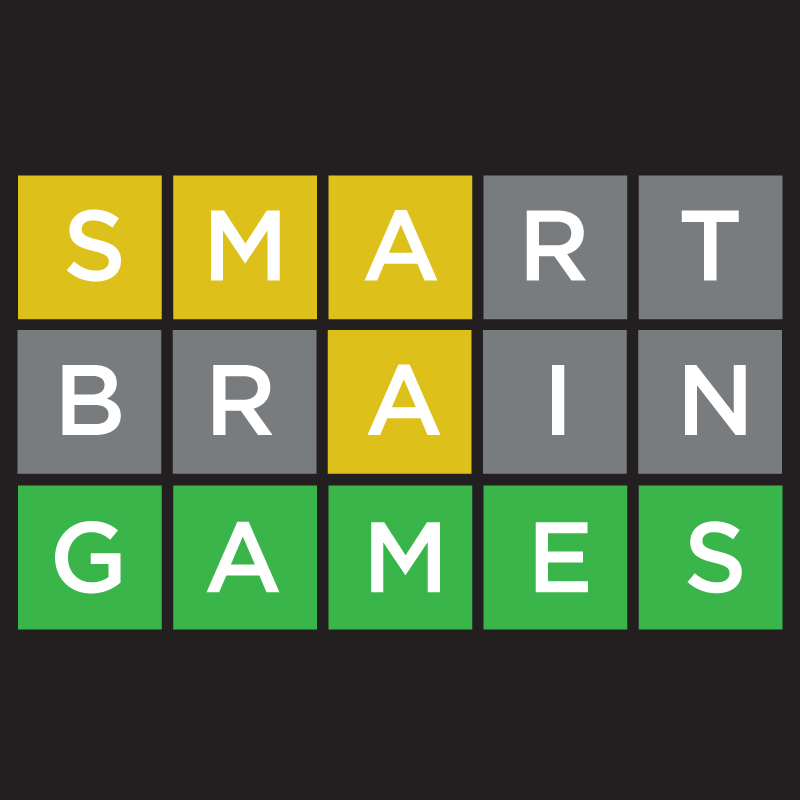When a person goes into cardiac arrest, the heart’s electrical system stops working properly – halting the flow of blood and oxygen throughout the body. Every minute after that flow stops can cause damage to the brain and subsequently the body.
Cardiopulmonary resuscitation (CPR) can help maintain this blood flow until emergency medical treatment can restore a typical heart rhythm.
To break down what happens to the brain when that blood flow is interrupted, we turned to John Burke, MD – a neurointensivist and Director of Education for the Department of Neurology with Rochester Regional Health.
Effects on the brain
Research shows that the brain does not stop working immediately after the heart stops beating. However, with every passing second and minute, neurological damage occurs due to the lack of oxygen.
0-60 seconds
Within the first 10-30 seconds of the heart stopping blood flow, the areas of the brain that keep a person awake stop working – rendering them unconscious. The brain’s memory centers also stop functioning at this point, so there is no memory of the event.
60-120 seconds
At this point, oxygen deprivation starts to affect the parts of the brain that control who a person is. Functions such as understanding language and general communication are affected but not completely lost.
Moderately complex muscle memory tasks such as riding a bicycle or typing on a computer become more difficult to save as blood flow ceases.
2-5 minutes
Up to this point, the lack of blood supply has caused the brain tissue to weaken, also known as becoming ischemic.
As the body approaches 5 minutes without blood flow, the brain goes from tissue weakening to tissue dying – known as infarction. Areas of the brain die and cannot restore any level of function. Some of the most susceptible functions are vision, communicating, swallowing, sense of touch, and muscle coordination.
“If blood flow stops completely with no intervention for 7-8 minutes, irreversible damage is almost certain,” Dr. Burke said. “With each passing second, that damage increases and significant disability and even brain death can result.”
‘Time is brain’
The quicker a person has their heart function restored, the better the chances of brain function being saved. The best way to restore heart function is using chest compressions with CPR, followed by proper medical intervention.
Most public places have an AED (automated external defibrillator) for use in cardiac arrest situations. An AED is a device used to analyze the rhythm of a person’s heart and deliver an electric shock to restore a rhythm if needed.
“Good quality CPR is so important, and it is important to start it as soon as possible,” Dr. Burke said. “When CPR is done properly, blood is pumped throughout the body at a similar rate that the heart would on its own. The goal is to keep that supply of oxygen going as long as possible until medical professionals arrive.”









